Home>Interior Design>How To Get Rid Of Dust Mites: 7 Ways To Reduce These Pests
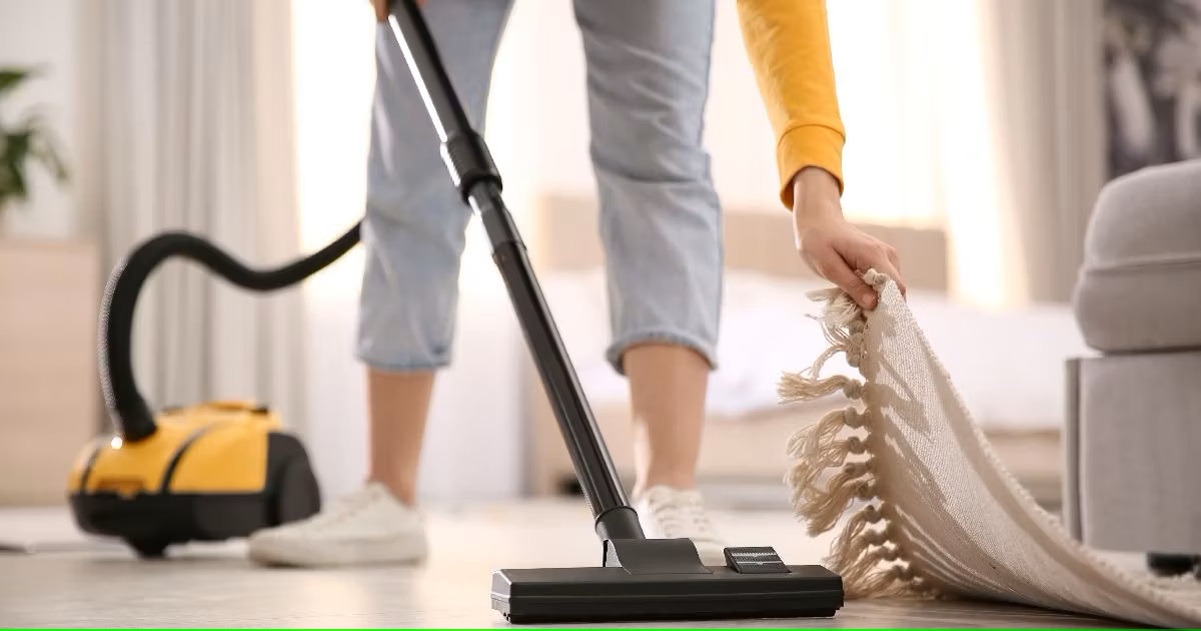

Interior Design
How To Get Rid Of Dust Mites: 7 Ways To Reduce These Pests
Modified: January 9, 2024
Discover 7 effective ways to reduce dust mites in your home with interior design techniques. Say goodbye to these pesky pests for a cleaner, healthier living environment.
(Many of the links in this article redirect to a specific reviewed product. Your purchase of these products through affiliate links helps to generate commission for Storables.com, at no extra cost. Learn more)
Introduction
When it comes to interior design, creating a beautiful and stylish space is often the top priority. However, one aspect often overlooked is the presence of dust mites. These microscopic creatures thrive in warm and humid environments, and they can wreak havoc on the air quality and cleanliness of your home. Dust mites are not only a nuisance, but they can also cause allergic reactions and respiratory issues in sensitive individuals.
In this article, we will explore seven effective ways to reduce dust mites and create a healthier living environment. By implementing these strategies, you can minimize the presence of dust mites, improve indoor air quality, and enhance the overall comfort of your home.
Key Takeaways:
- Keep your home clean by dusting, vacuuming, and washing regularly to minimize dust mites and improve indoor air quality. Consider using a HEPA filter vacuum for effective dust mite removal.
- Reduce humidity levels, declutter, and allergy-proof your home to create an inhospitable environment for dust mites. Invest in protective covers, hypoallergenic bedding, and air purifiers for a healthier living space.
Read more: How To Get Rid Of Bed Mites
Keep Your Home Clean
One of the most important steps in reducing dust mites is maintaining a clean and tidy home. Regular dusting and cleaning will help remove dust and allergens from surfaces, making it harder for dust mites to thrive.
Start by dusting surfaces throughout your home using a damp cloth or a microfiber duster. Pay special attention to areas where dust tends to accumulate, such as bookshelves, ceiling fans, and window sills. Vacuuming is also crucial in eliminating dust mites, so invest in a high-quality vacuum cleaner with a HEPA filter to effectively capture these tiny pests.
Another key aspect of keeping your home clean is frequently washing curtains, rugs, and upholstery. These items can trap dust and become breeding grounds for dust mites. Follow the manufacturer’s instructions for laundering these items, and consider using a hot water cycle to kill any dust mites present.
Remember to also clean and sanitize your air conditioning and heating vents regularly, as these can be prime areas for dust accumulation. Maintaining a clean and dust-free environment is the first step towards reducing dust mites in your home.
Wash Bedding and Linens Regularly
One of the most common areas where dust mites thrive is in our beddings and linens. Dust mites feed on the dead skin cells that our bodies naturally shed, making our mattresses, pillows, and bedding an ideal breeding ground for these microscopic creatures.
To combat dust mites, it is essential to wash your bedding and linens regularly. Aim to wash your sheets, pillowcases, and blankets at least once a week in hot water. The hot water temperature helps to kill the dust mites and remove allergens effectively.
When washing your bedding, make sure to use a mild detergent free from dyes and fragrances. These additives can potentially irritate sensitive individuals and trigger allergies. Additionally, consider adding a cup of vinegar to the rinse cycle. Vinegar acts as a natural antibacterial agent and can further help to eliminate dust mites.
After washing, it is important to thoroughly dry your bedding in a hot dryer. The heat will effectively kill any remaining dust mites. If possible, consider using a dryer with a high-temperature setting to ensure optimal results.
Furthermore, don’t forget to regularly clean your mattress and pillows. Vacuuming your mattress and using a mattress protector can help reduce dust mites. Additionally, consider using hypoallergenic pillow covers and mattress encasements to create a barrier between you and the dust mites.
By maintaining a regular washing routine for your bedding and protecting your mattress and pillows, you can significantly reduce the presence of dust mites in your bedroom and promote better sleep and overall health.
Use Protective Covers on Mattresses and Pillows
Protective covers, also known as allergen-proof or dust mite covers, are an effective way to create a barrier between you and the dust mites. These specially designed covers are made of tightly woven fabric that prevents dust mites from infiltrating your mattress and pillows.
When shopping for protective covers, look for ones labeled as “allergen-proof” or “dust mite covers.” These covers have small pores that are impermeable to dust mites but still allow air and moisture to pass through, maintaining a comfortable sleeping environment.
To maximize the benefits of protective covers, choose ones that fully encase your mattress and pillows. This means they should have a zipper or closure that securely seals the entire item. By fully encasing your bedding, you prevent dust mites from accessing the interior of the mattress or pillow where they can breed and multiply.
It is important to note that once you have installed protective covers on your mattress and pillows, you should not remove them frequently. Dust mites can become airborne during the removal process and settle elsewhere in your home. Instead, periodically wipe the exteriors of the covers with a damp cloth or vacuum them to remove any surface dust.
By using protective covers on your mattress and pillows, you create a physical barrier that prevents dust mites from multiplying and reduces their presence in your sleeping area. This simple step can make a significant difference in mitigating dust mite allergies and improving your overall sleep quality.
Vacuum Regularly
Vacuuming is a crucial step in the fight against dust mites. Regular vacuuming helps to remove dust, allergens, and dust mite droppings from your carpets, rugs, and upholstery, preventing them from becoming breeding grounds for these pests.
When vacuuming, it is important to use a vacuum cleaner equipped with a high-efficiency particulate air (HEPA) filter. HEPA filters are designed to trap even the tiniest particles, including dust mites and their droppings, ensuring that they are effectively removed from your home.
Focus on vacuuming high-traffic areas, such as living rooms and bedrooms, at least once a week. Pay extra attention to areas where dust tends to accumulate, such as around furniture legs, along baseboards, and in corners. Use vacuum attachments, such as crevice tools and upholstery brushes, to reach into nooks and crannies where dust mites may hide.
In addition to vacuuming carpets and rugs, don’t overlook upholstered furniture. Dust mites can easily burrow into the fibers of couches and armchairs, so be sure to vacuum them regularly. Consider using a vacuum cleaner with a brush attachment to agitate the fabric and dislodge any hidden dust mites.
Remember to also clean your vacuum cleaner regularly to prevent the buildup of dust mites and allergens within the machine. Empty the vacuum bag or canister after each use, and wash or replace filters according to the manufacturer’s instructions.
By incorporating regular vacuuming into your cleaning routine, you can effectively remove dust mites and their allergens from your home, improving the overall air quality and reducing the risk of allergies and respiratory issues.
Wash bedding in hot water weekly to kill dust mites and remove their allergens. Use dust-proof covers on mattresses and pillows to reduce mite exposure.
Read more: How To Get Rid Of Grass Mites
Reduce Humidity Levels
Dust mites thrive in environments with high humidity levels. By reducing the humidity in your home, you can create an inhospitable environment for these pesky creatures and inhibit their growth.
Start by ensuring proper ventilation in your home. Open windows and doors when weather permits to allow fresh air to circulate and humidity to dissipate. Use exhaust fans in bathrooms and kitchens to remove excess moisture from these areas. Consider installing a dehumidifier in particularly humid spaces, such as basements or laundry rooms, to maintain optimal humidity levels.
Aim to keep your indoor humidity levels between 30% and 50%. You can use a hygrometer to measure the humidity levels in your home and adjust accordingly. In areas with excessively high humidity, running an air conditioner or using a portable air purifier with a built-in dehumidifier can help manage moisture levels.
Additionally, take steps to prevent water leaks and fix existing ones promptly. Moisture from leaks can create an ideal environment for dust mites to thrive. Regularly inspect your plumbing, faucets, and roof for any signs of leaks or water damage, and address any issues immediately.
By maintaining low humidity levels in your home, you not only create an unfavorable environment for dust mites, but you also help prevent the growth of mold and mildew, enhancing the overall air quality and promoting a healthier living space.
Remove Clutter
Cluttered spaces not only make it harder to clean and maintain a dust-free environment but also provide hiding spots for dust mites. By decluttering your home, you can eliminate potential breeding grounds and reduce the number of dust mites in your living space.
Start by assessing each room in your home and identifying items that you no longer need or use. Donate or discard these items to create more open and organized spaces. Avoid storing unnecessary items in closets or under beds, as these areas can attract dust and promote dust mite growth.
When organizing your belongings, choose storage solutions that are easy to clean and maintain. Opt for sealed storage bins or boxes with lids to keep dust mites out. Avoid using open shelves or exposed storage methods, as they can collect dust more easily.
In children’s rooms, it is especially important to remove stuffed animals and toys that cannot be easily washed. Dust mites can collect on these items and trigger allergies in sensitive individuals. Consider limiting the number of stuffed animals or regularly washing them in hot water to reduce the risk of dust mite presence.
Keep surfaces clear and free of unnecessary objects, as these can collect dust and be difficult to clean thoroughly. Simplify your décor and focus on easy-to-clean materials, such as wood, metal, or plastic, rather than fabric or upholstered items that can harbor dust mites.
By removing clutter and simplifying your living spaces, you create an environment that is easier to clean and maintain, reducing the potential for dust mite infestations and improving the overall air quality in your home.
Consider Allergy-proofing Your Home
If you or someone in your household suffers from allergies or asthma, taking additional steps to allergy-proof your home can provide further relief and reduce the impact of dust mites on your health.
Start by investing in hypoallergenic bedding, such as pillows, mattresses, and comforters specifically designed to resist dust mites. These products are made with tightly woven fabrics that create a barrier, preventing dust mites from penetrating the surface.
Consider replacing carpeted floors with hard surfaces, such as hardwood or laminate flooring. Carpets tend to trap allergens, including dust mites, making it harder to keep your home free from these pests. If removing carpets is not an option, make sure to vacuum them regularly using a vacuum cleaner with a HEPA filter.
Keep pets out of bedrooms and off upholstered furniture. Pet dander can attract dust mites and worsen allergies. Regularly groom your pets to minimize shedding and dander production.
Consider investing in an air purifier with a HEPA filter. These devices can help filter out allergens, including dust mites, from the air. Place the air purifier in the rooms where you spend the most time, such as bedrooms or living rooms, for maximum effectiveness.
Be cautious when using cleaning products. Harsh chemicals and fragrances can irritate allergies and respiratory conditions. Opt for natural and hypoallergenic cleaning products, or make your own using simple ingredients like vinegar, baking soda, and lemon juice.
Regularly wash curtains, blinds, and window coverings to remove dust and allergens that can accumulate on them. Consider using blinds or shades that can be wiped down easily, rather than fabric curtains, which may collect dust mites.
By allergy-proofing your home, you can reduce the exposure to dust mites and allergens, creating a healthier living environment for everyone in your household.
Conclusion
Dust mites may be microscopic, but their impact on our homes and health can be significant. These tiny pests thrive in warm and humid environments and can cause allergic reactions and respiratory issues in sensitive individuals. However, by implementing the strategies outlined in this article, you can effectively reduce dust mites and create a healthier living environment.
Keeping your home clean and dust-free is the first step in minimizing dust mite populations. Regularly dusting, vacuuming, and washing bedding and linens can help remove dust mites and their allergens from your living space. Using protective covers on mattresses and pillows can create a barrier against dust mites, while reducing humidity levels can create an inhospitable environment for their growth.
Removing clutter and considering allergy-proofing your home can further reduce the presence of dust mites and alleviate allergy symptoms. By investing in hypoallergenic bedding, opting for hard surfaces instead of carpets, keeping pets away from sleeping areas, using air purifiers, and using allergy-friendly cleaning products, you can make your home a sanctuary from dust mites.
In conclusion, by incorporating these seven strategies into your cleaning and maintenance routine, you can effectively reduce dust mites and create a healthier and more comfortable living environment. Your efforts will lead to improved indoor air quality, reduced allergy symptoms, and a cleaner, dust-free home.
Frequently Asked Questions about How To Get Rid Of Dust Mites: 7 Ways To Reduce These Pests
Was this page helpful?
At Storables.com, we guarantee accurate and reliable information. Our content, validated by Expert Board Contributors, is crafted following stringent Editorial Policies. We're committed to providing you with well-researched, expert-backed insights for all your informational needs.
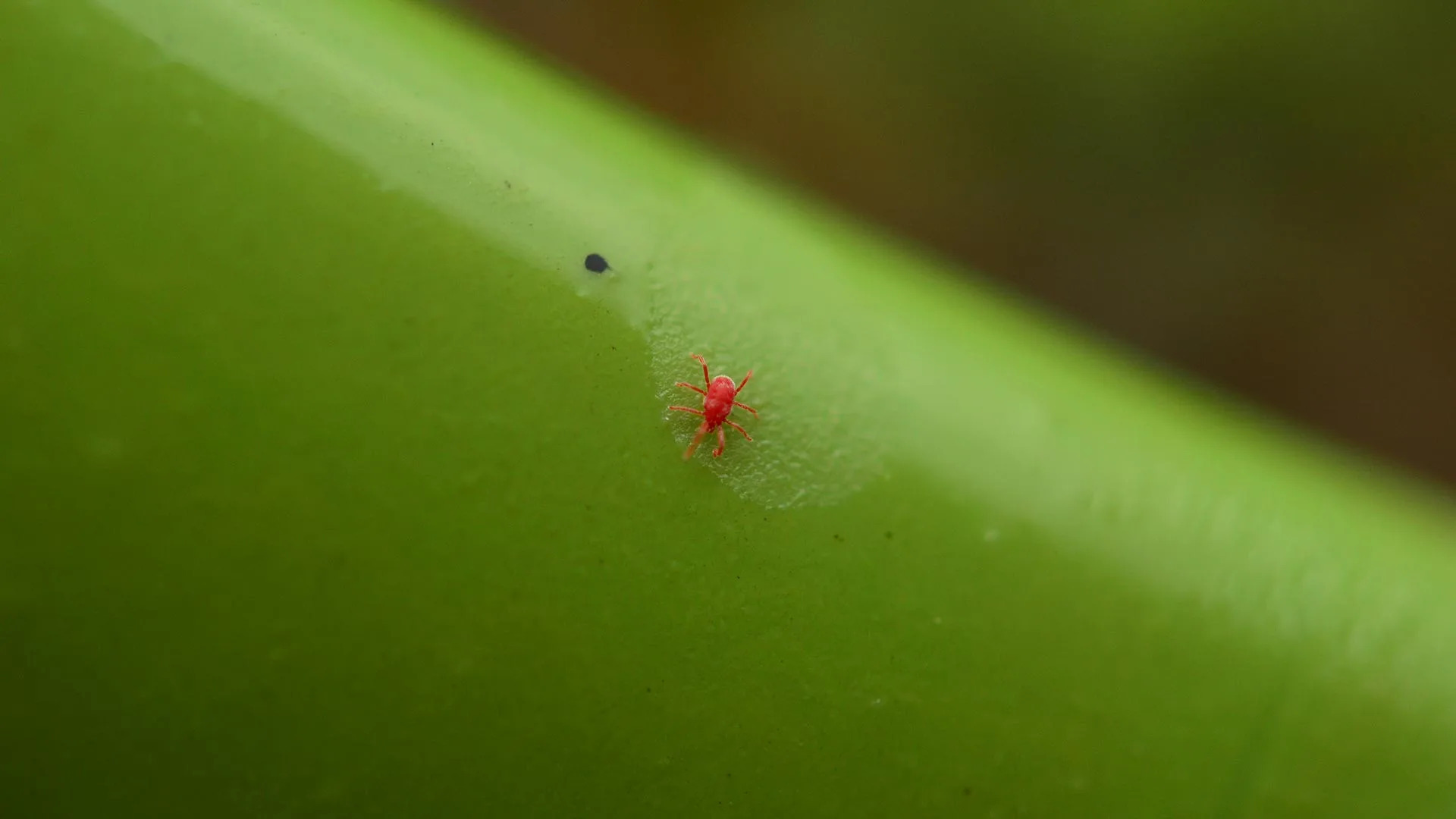
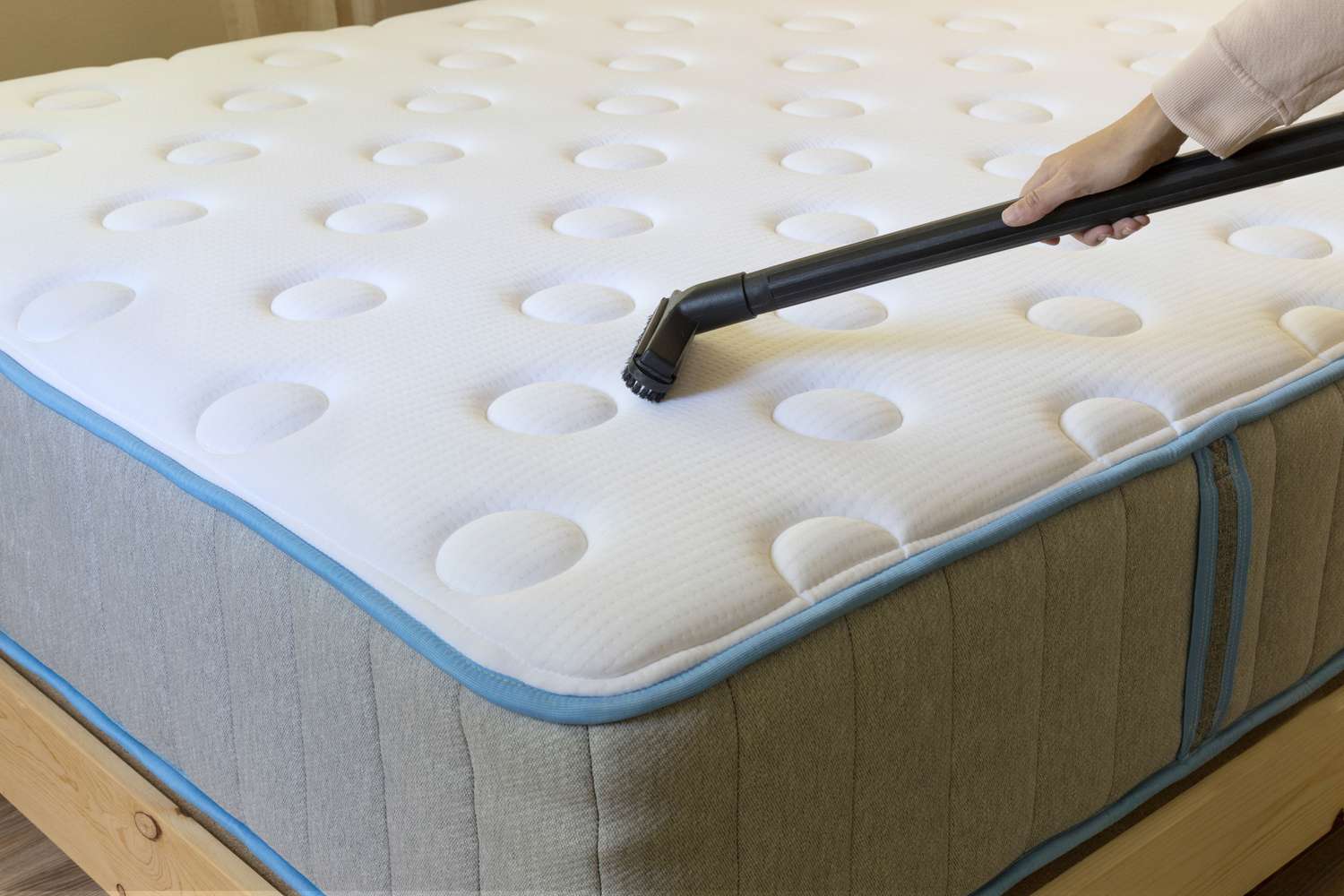
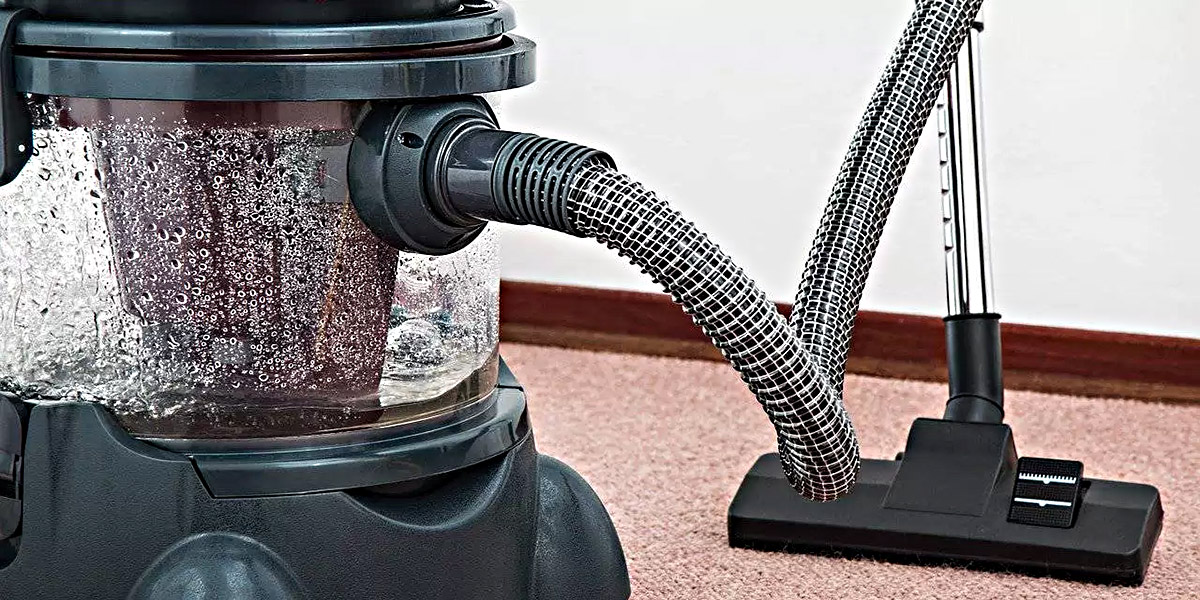
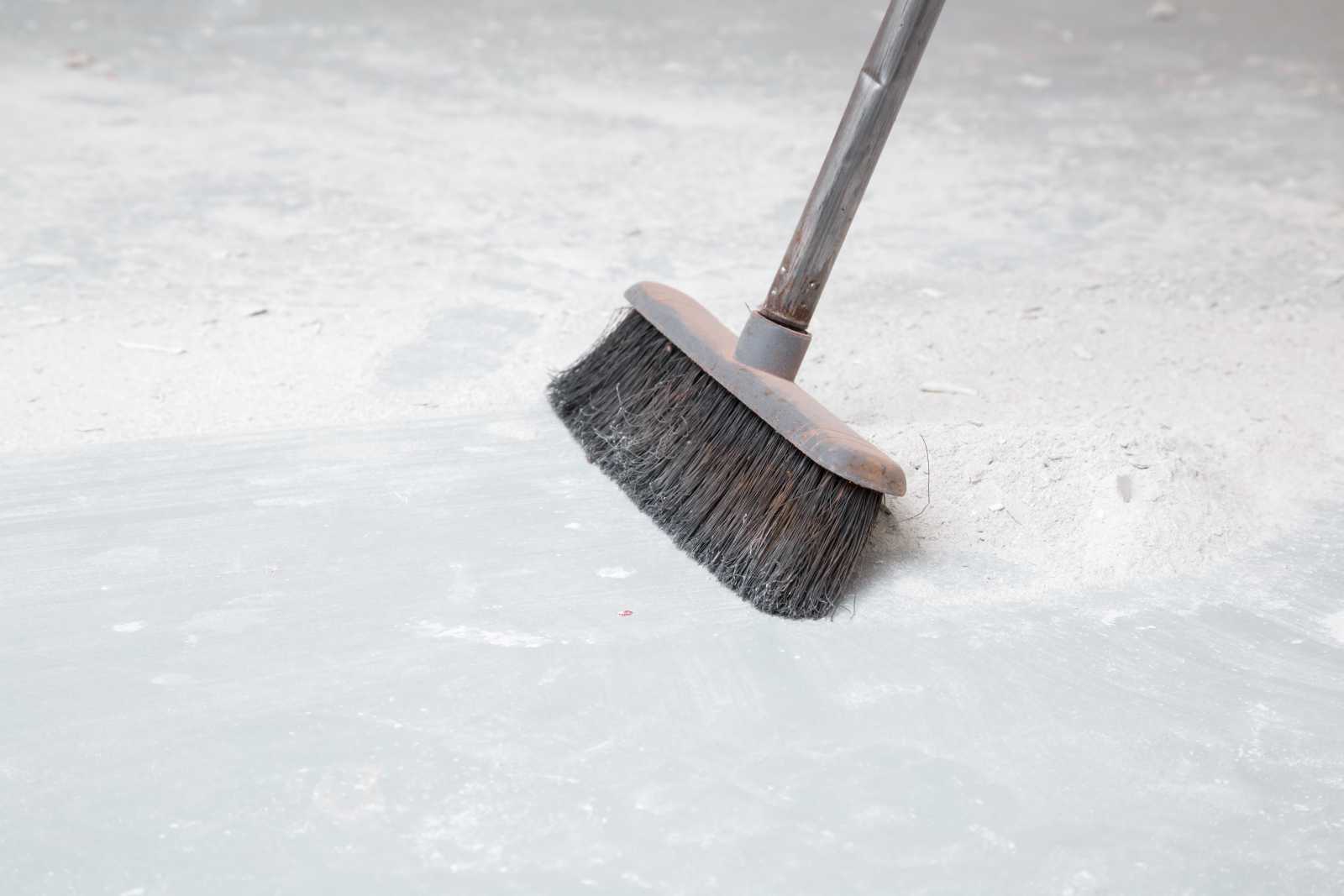

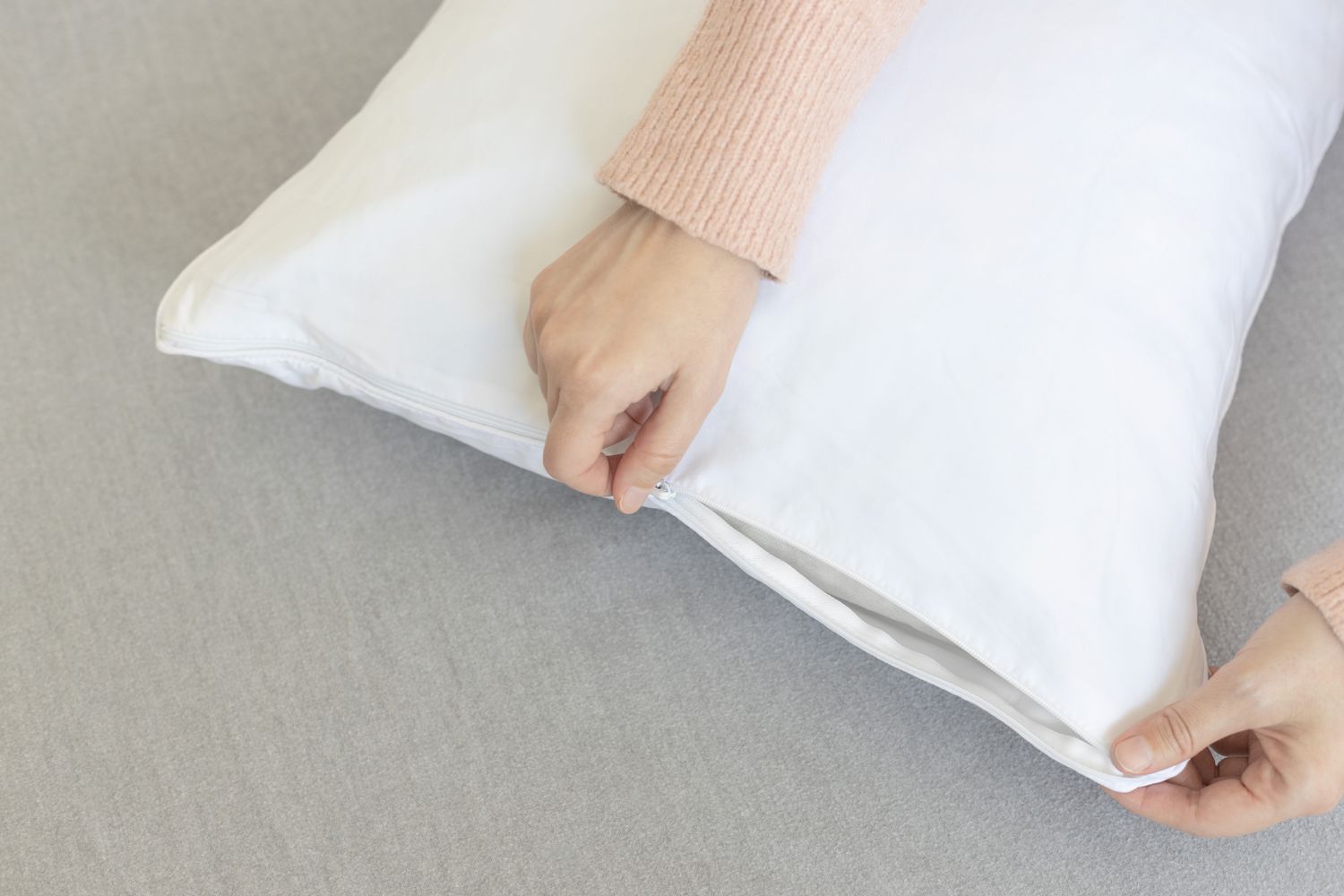
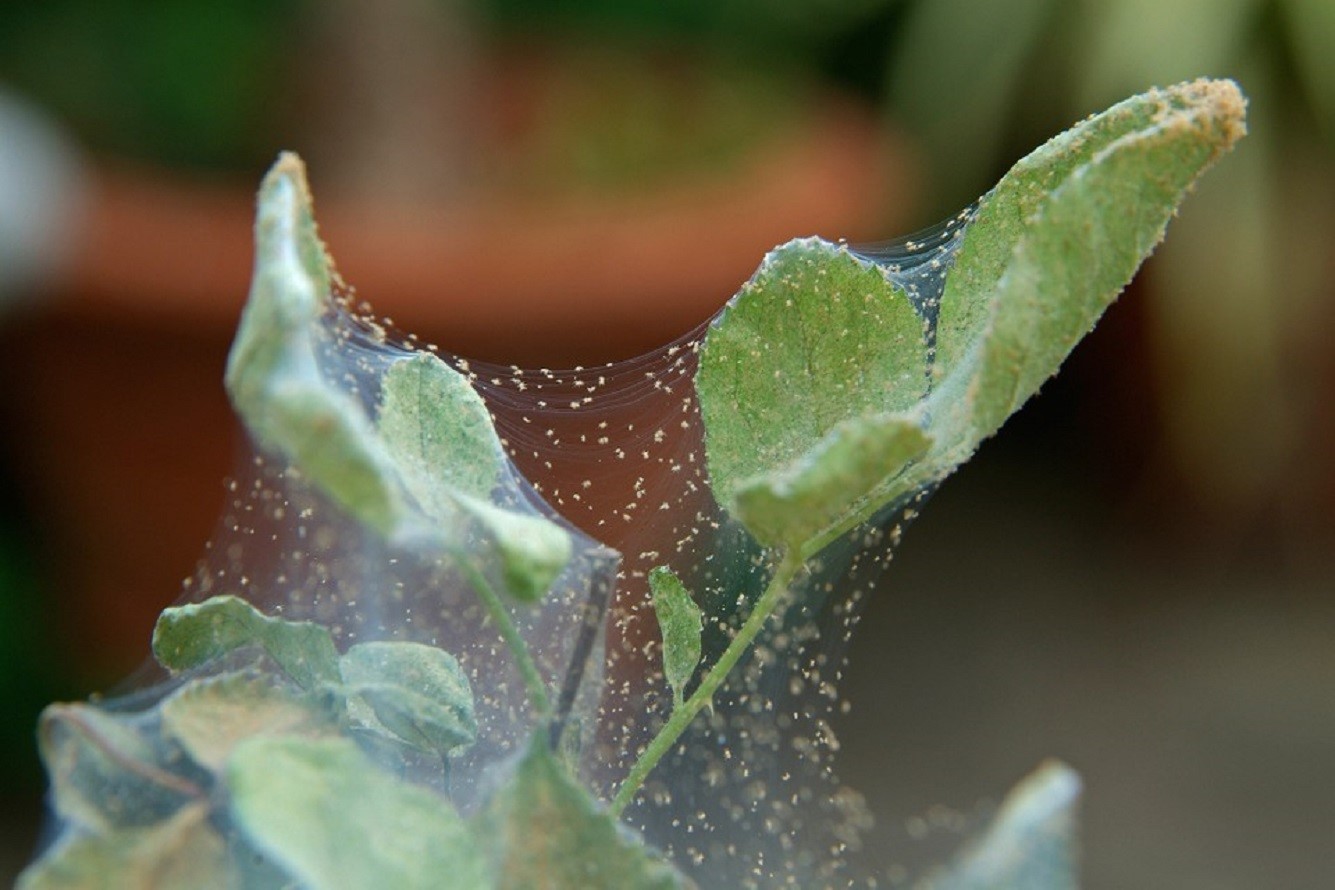
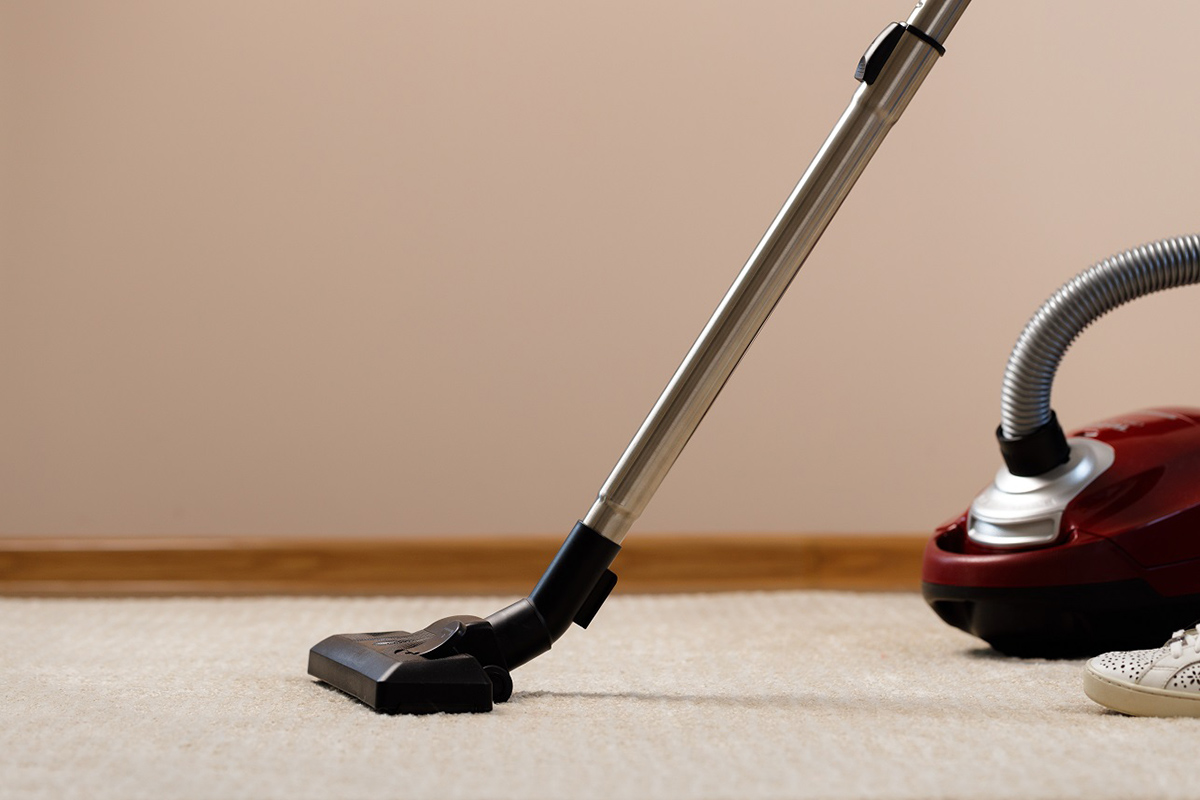
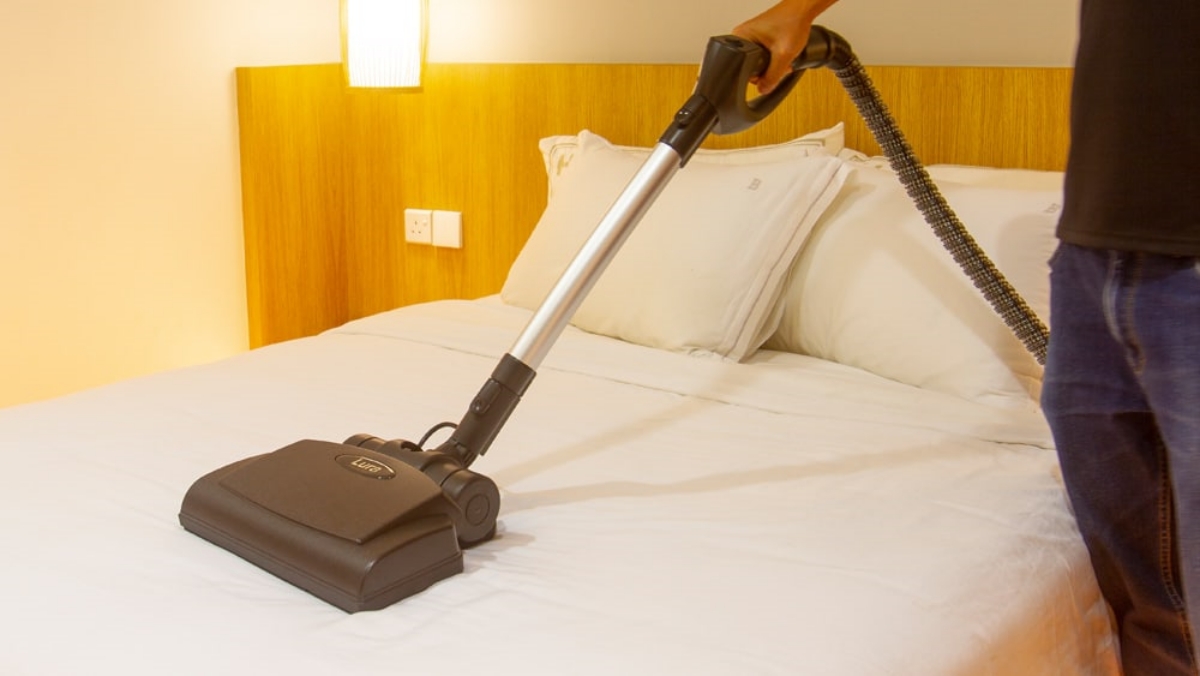

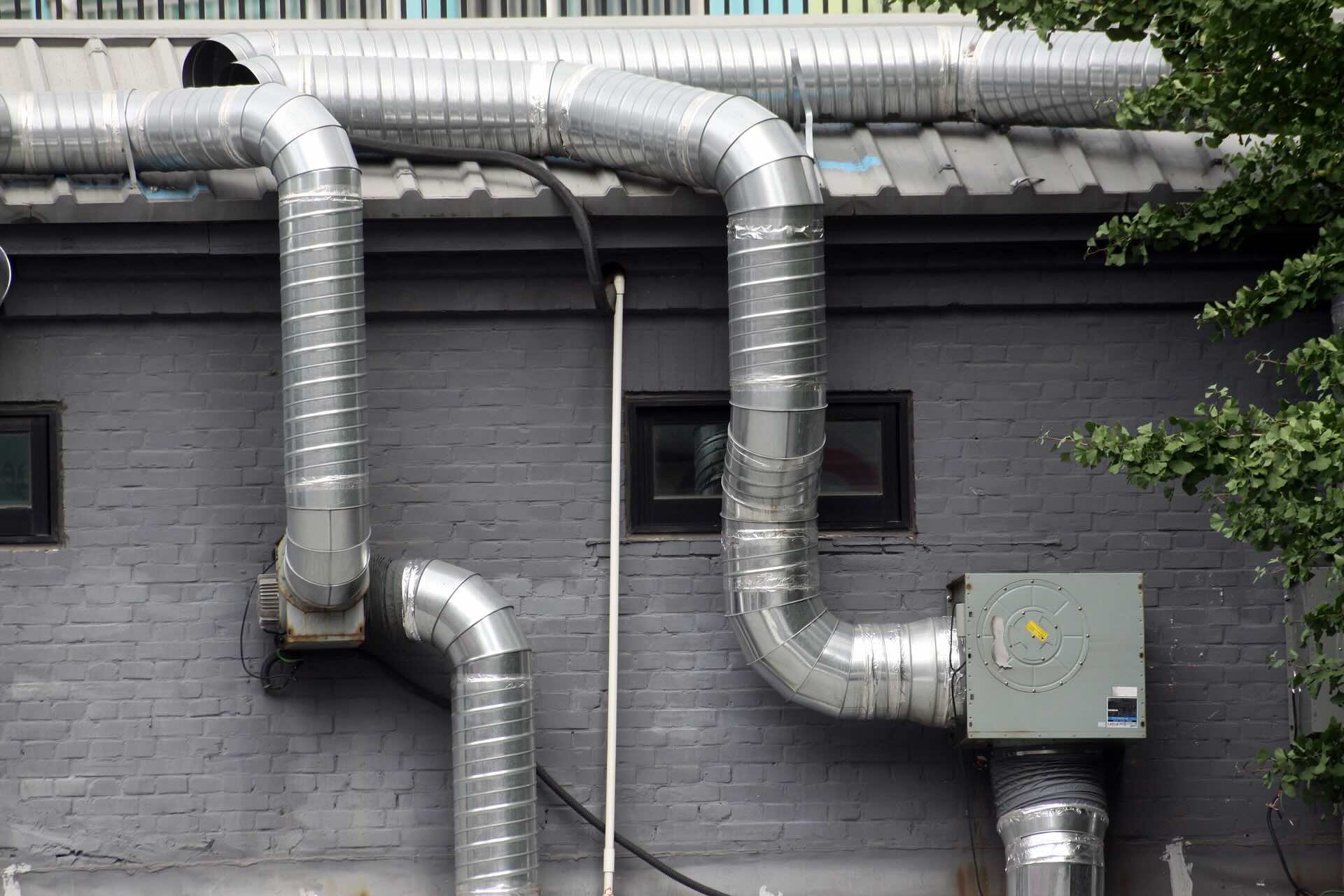
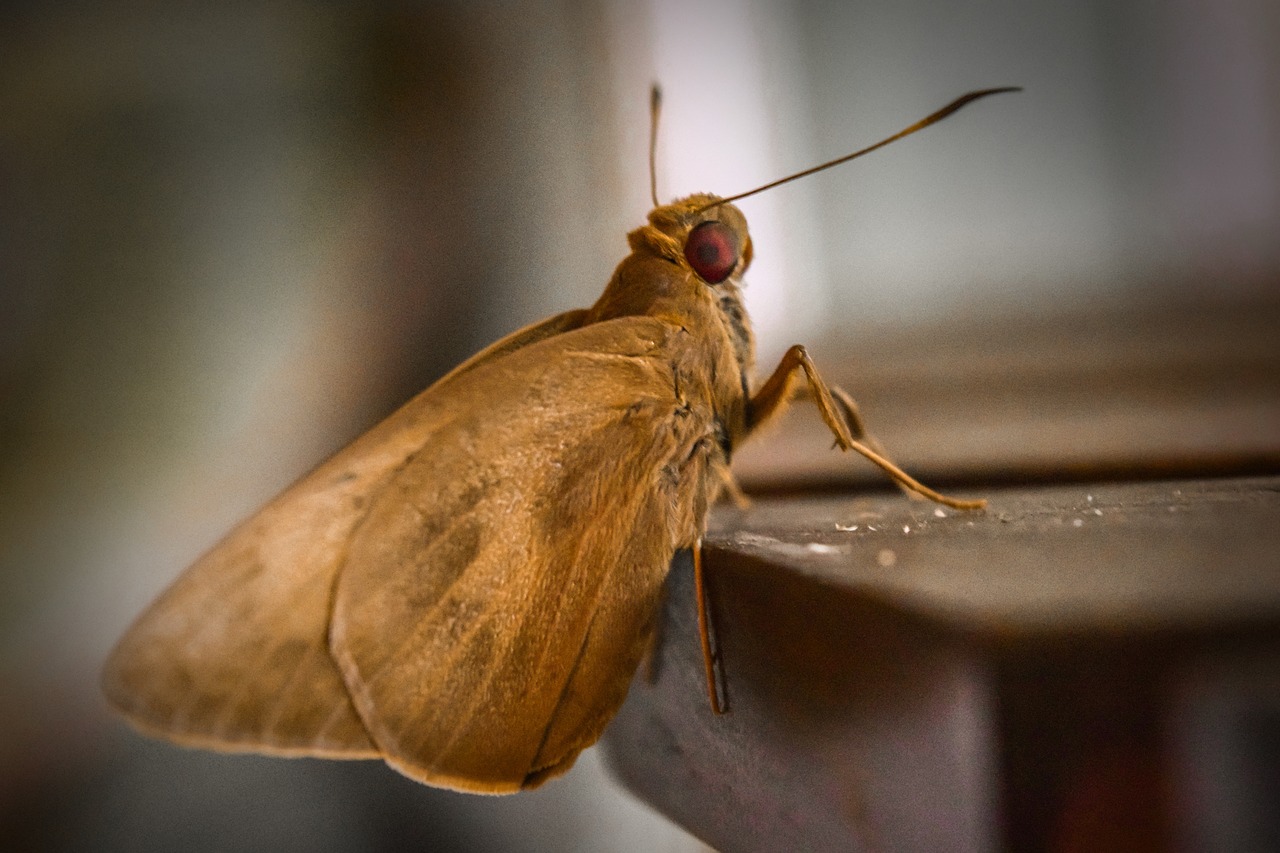
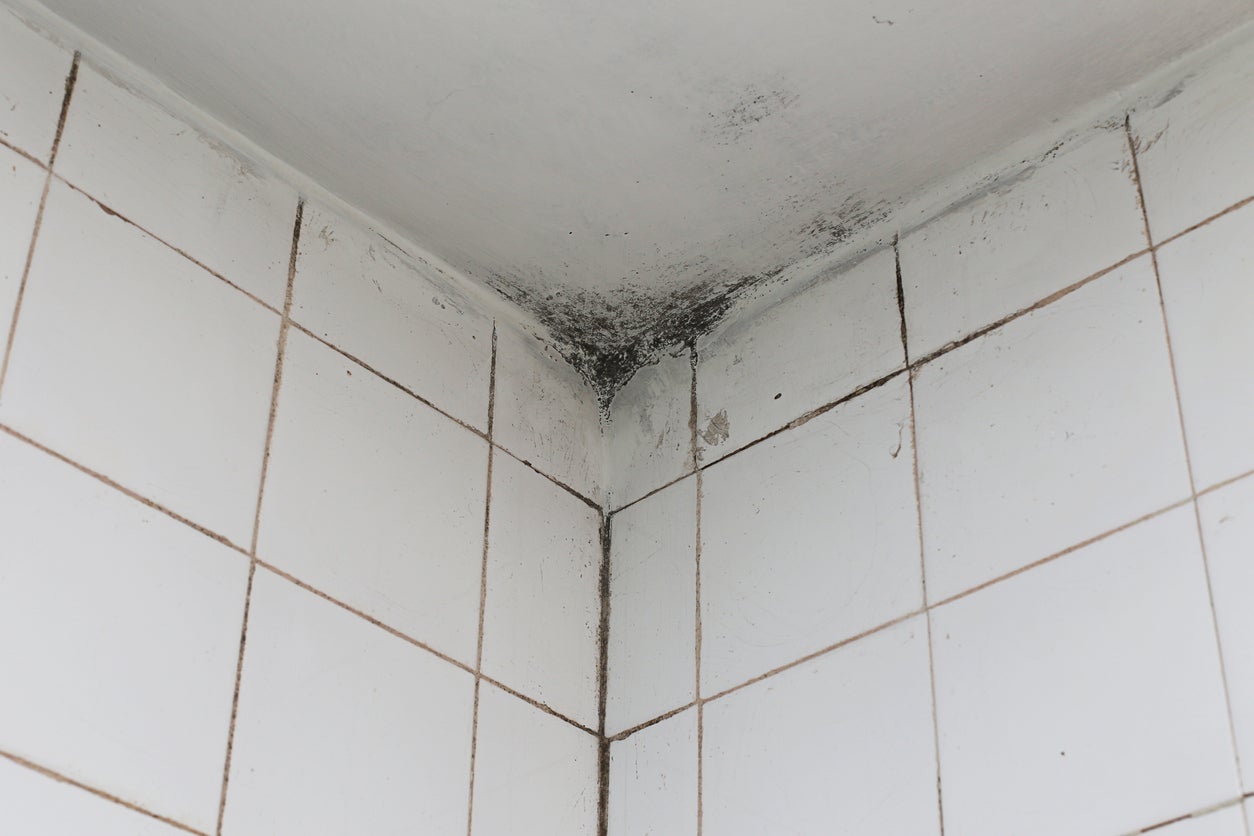


0 thoughts on “How To Get Rid Of Dust Mites: 7 Ways To Reduce These Pests”